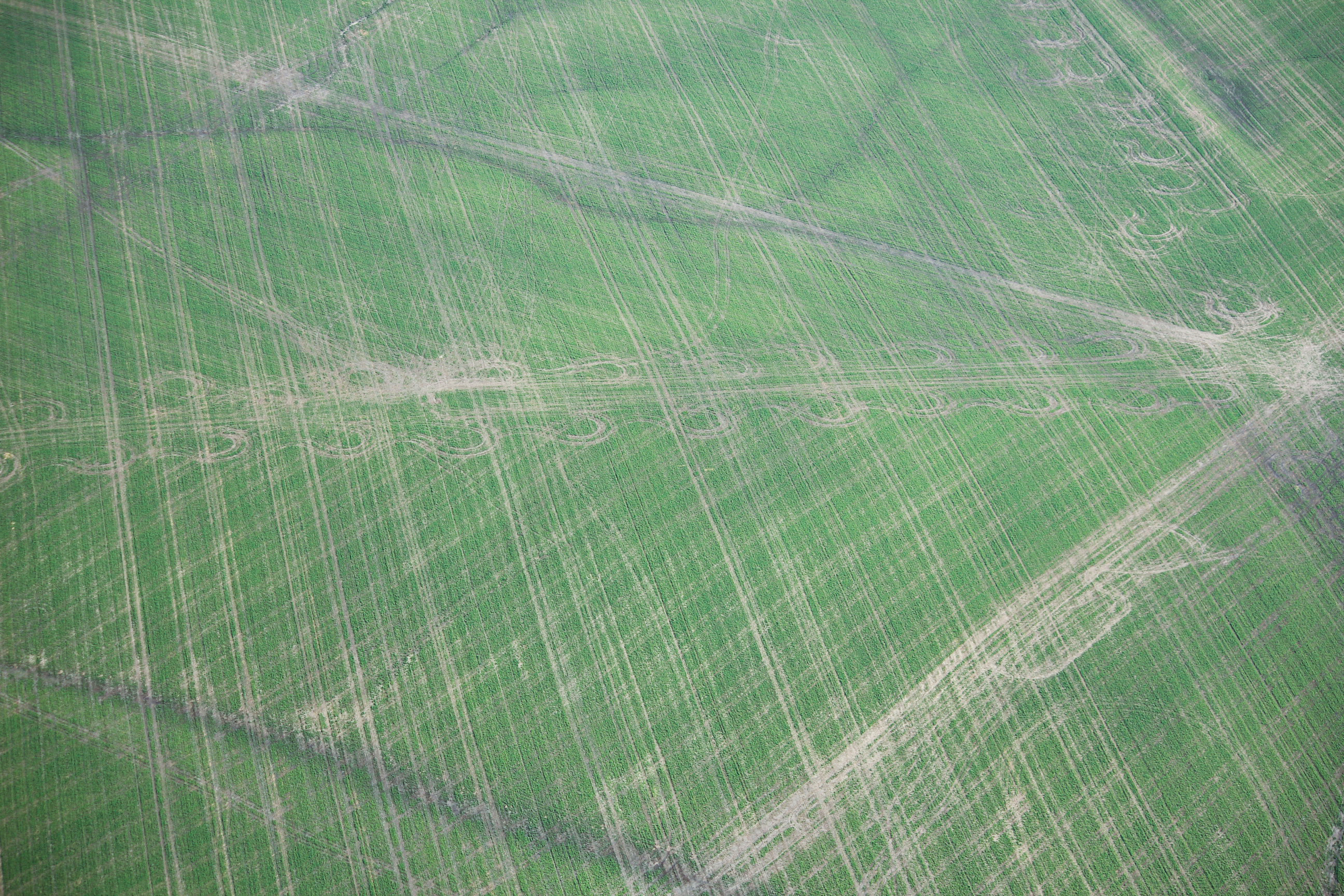In an article recently published in Agricultural & Environmental Letters, researchers review the scientific literature on the persistence and quantity of yield reductions due to deep wheel-traffic compaction and then project the state-level economic costs to farmers that may be expect for the upcoming 2020 and 2021 crops in North Dakota and Minnesota.
The researchers estimate a median of 21% yield reduction to the upcoming 2020 and 2021 corn and soybean crops on lands impacted by deep wheel-traffic compaction during the 2019 harvest. Based on these reductions, they project a minimum economic cost of $587 million USD to farmers for every 10% of lands that were compacted during harvest. Moreover, the actual land area may extend up to 30%, resulting in a range of $0-to-$1.76 billion USD of actual costs to North Dakota and Minnesota farmers.
The findings have implications for government policies incentivizing conservation practices, such as diversified crop rotations and inter-seeding cover crops, to either reduce the occurrence of field traffic on wet soils or promote drier soils at harvest.
Adapted from Daigh, ALM, DeJong‐Hughes, J, Acharya, U. Projections of Yield Losses and Economic Costs Following Deep Wheel‐traffic Compaction During the 2019 Harvest. Agric Environ Lett. 2020
Original post https://alertarticles.info


